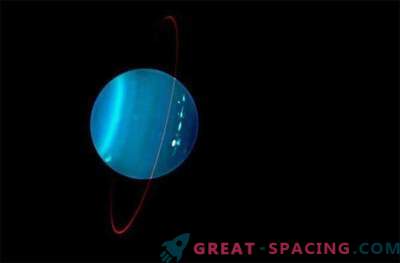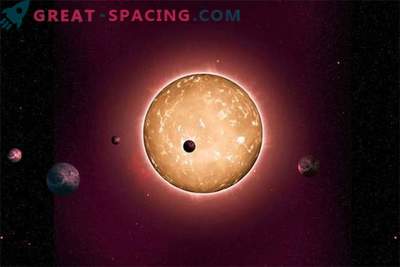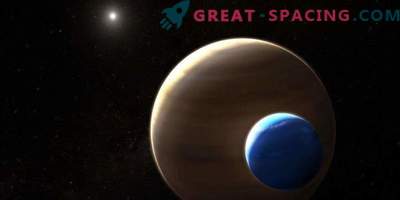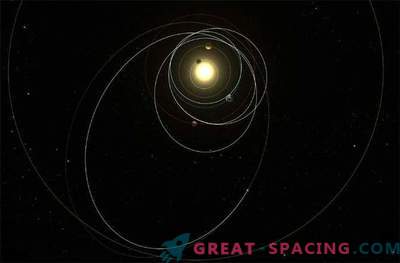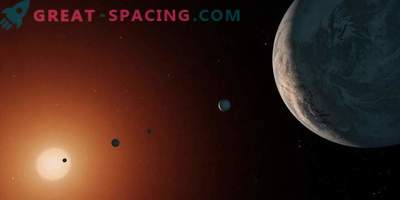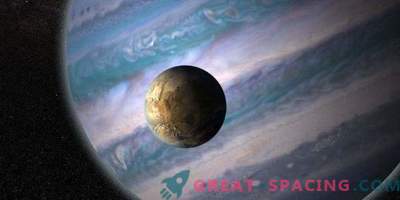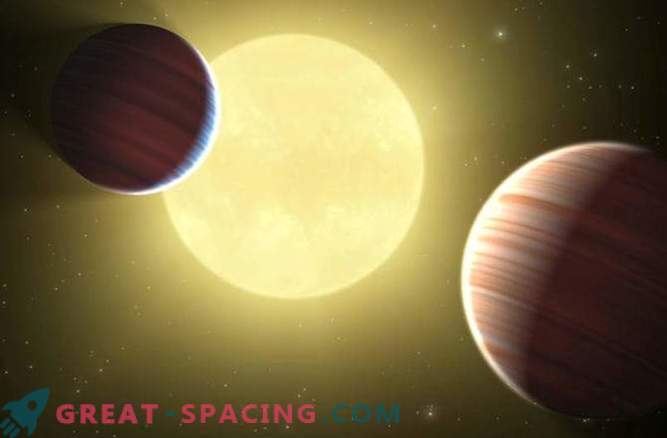
Around a distant star called Kepler-223, four gas giants rotate incredibly close to the parent star. This star system is very different from the solar system today, where all the gas giants are at a considerable distance. But could the Kepler-223 system look like a solar system for a very long time?
Based on observations made by the Kepler space telescope, a new study shows that yes, it could. Perhaps Jupiter, Saturn, Uranus and Neptune were formed not far from the Sun. Over time, their gravity, working together, moved them away from the disk of gas and dust that surrounds our sun. After the gas giants had gone to the edges of the solar system, they cleared space for the minor planets orbiting near the Sun today: Mercury, Venus, Earth and Mars.
Orbital evolution in the Kepler-223 system:
“It’s impossible to answer exactly how and where planets were formed,” said lead author Sean Mills, a graduate student in astronomy and astrophysics at the University of Chicago, in a statement. "Our work essentially tests the model of the formation of planets for the type of planets that are not in our solar system."
The new study is based on a combination of Kepler data, which are based on the relationship between the gravity of the planets and the simulation of the movement of the planets. However, there are differences from our own solar system. Kepler-223 is older by 4, 6 billion years, so the planets remained in their places much before they migrated.
But there is something interesting in this system. Four planets are in resonance with each other, and this means that they rotate in a simple relation to each other (for example, 2 orbits for each one). This is the first time that four planets have been seen at resonance.
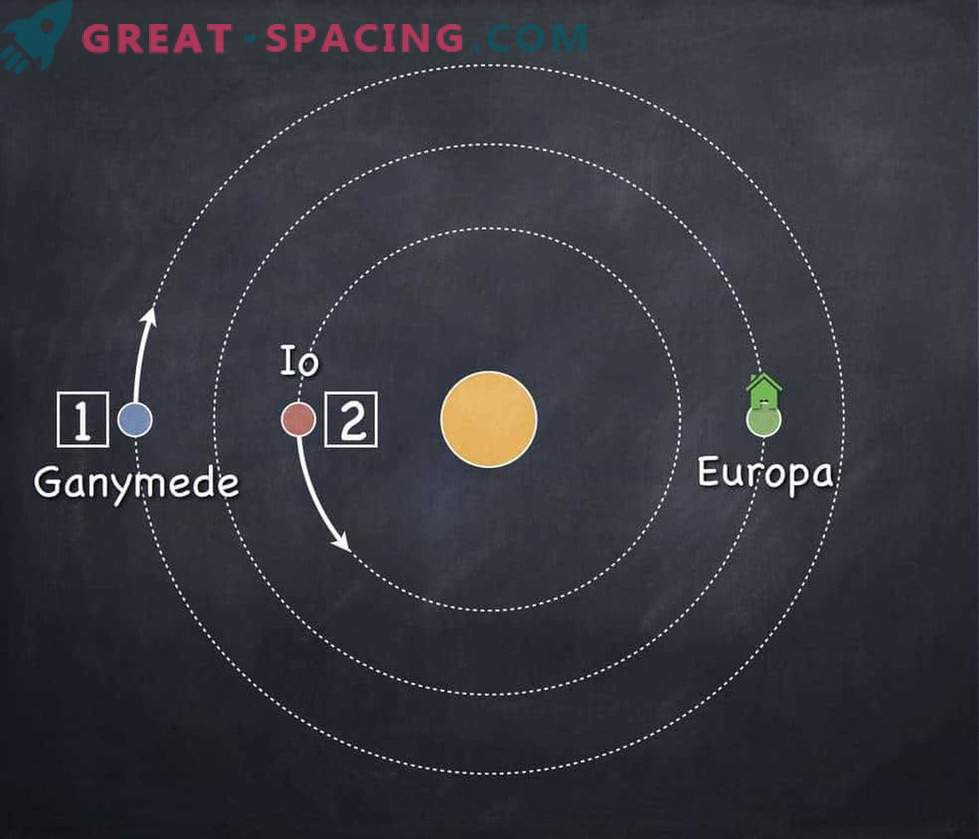
Satellites of Jupiter, which are also in resonance
“These resonances are extremely fragile,” said study co-author Daniel Fabrikki, assistant professor of astronomy and astrophysics at the University of Chicago, in the same statement. "If any bodies collided with these planets, they would force them out of resonance."
Thus, perhaps in our own Solar System, four gas giants were also in resonance, but were thrown into outer orbits over time after colliding with asteroids or other external bodies.
One of the key secrets is how the planets in the Kepler-223 system have remained stable for such a long time. It takes more research to better understand this.
The study was published in the journal Nature.
